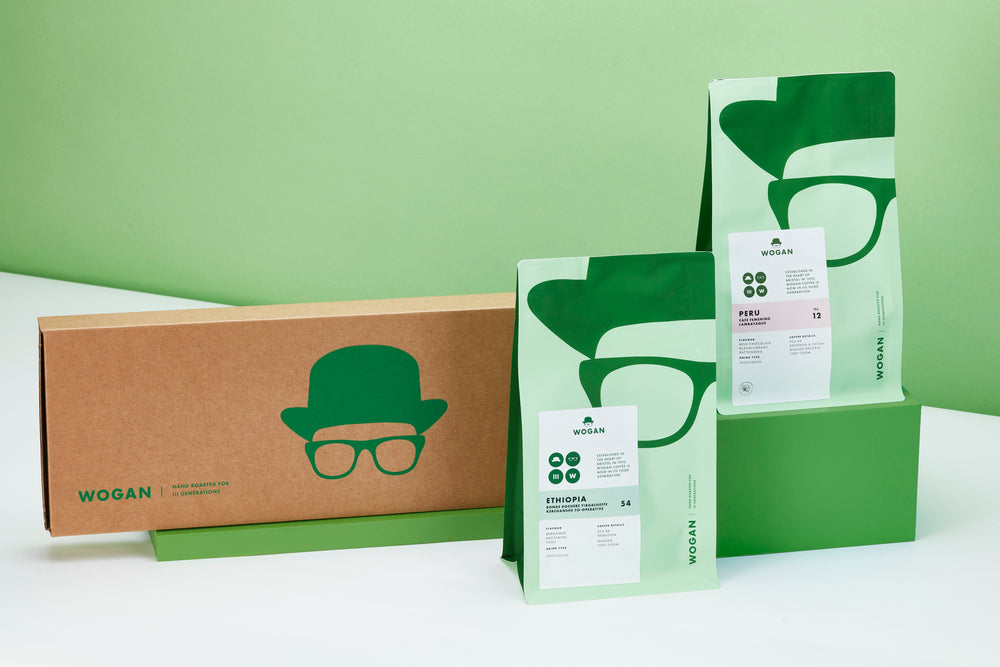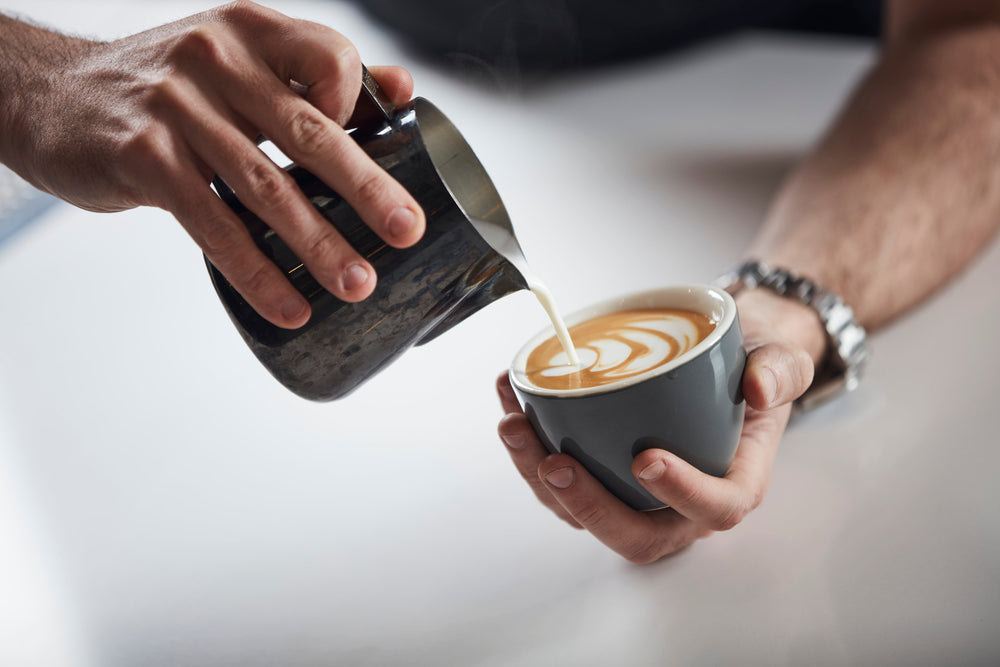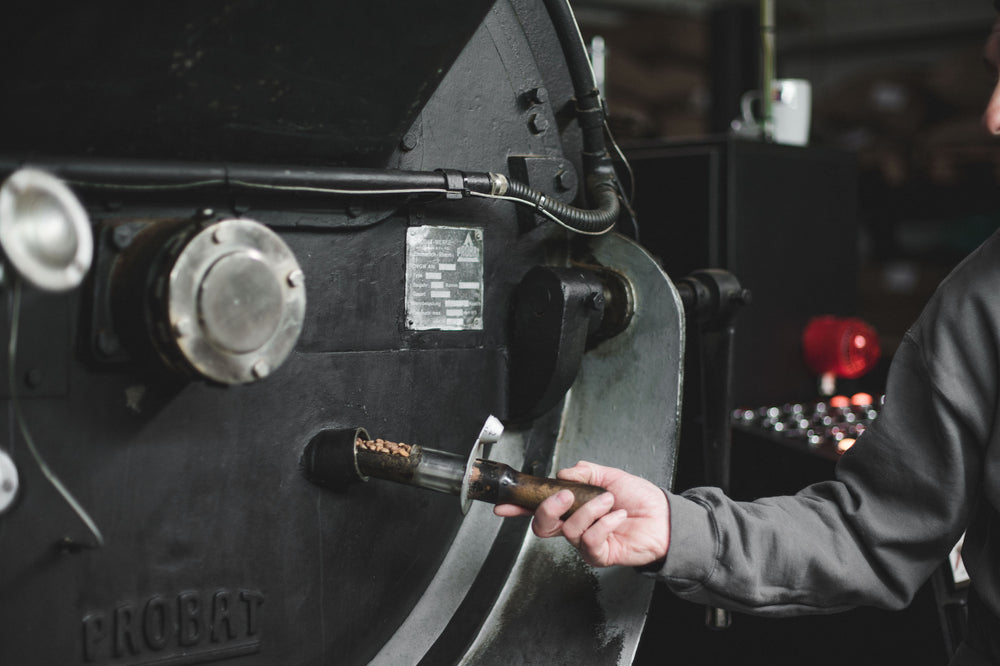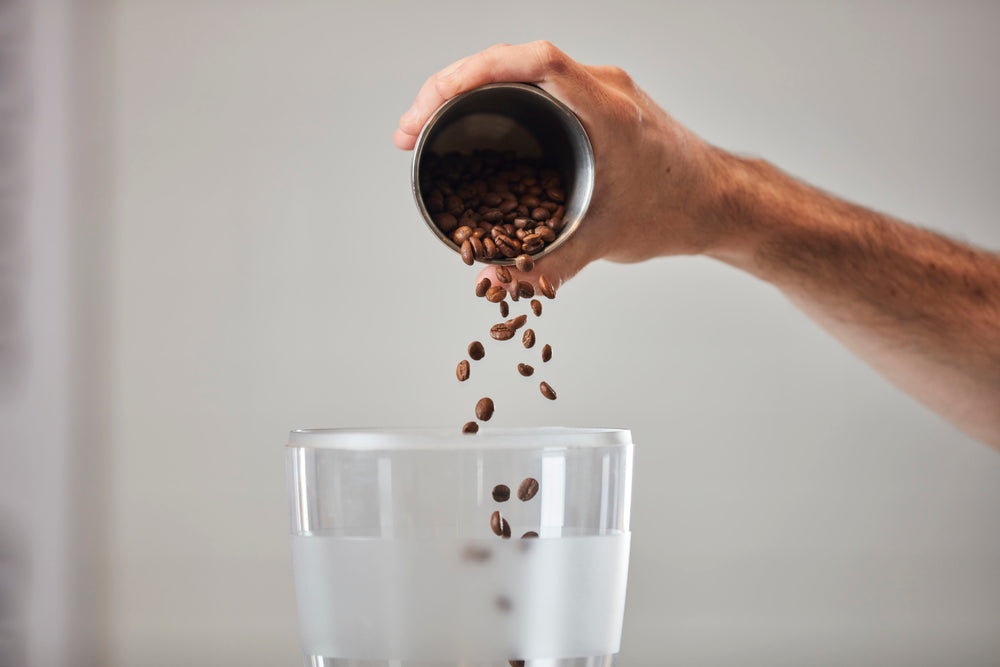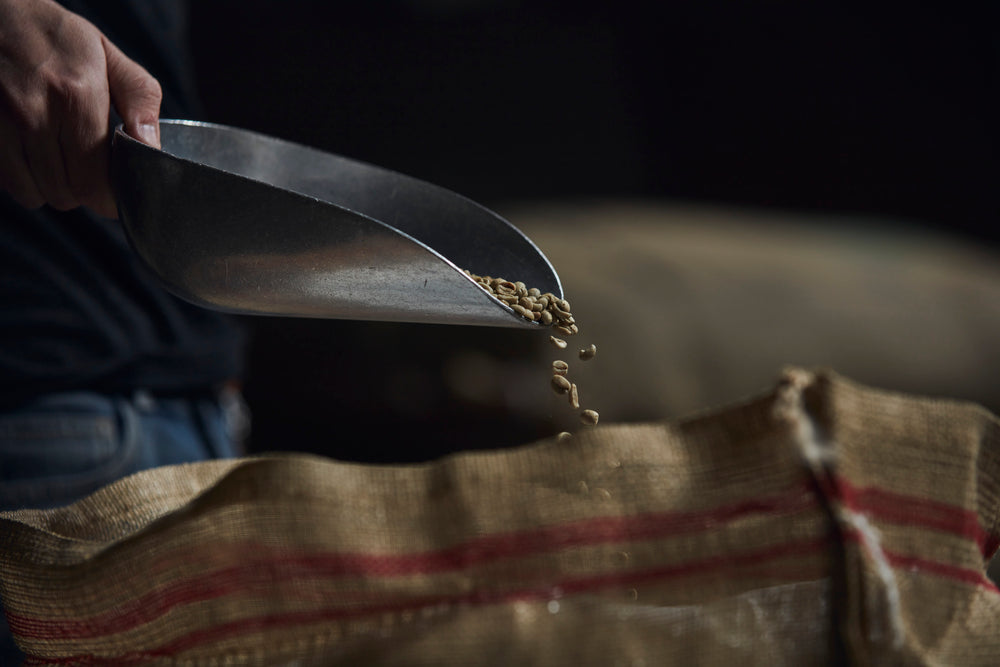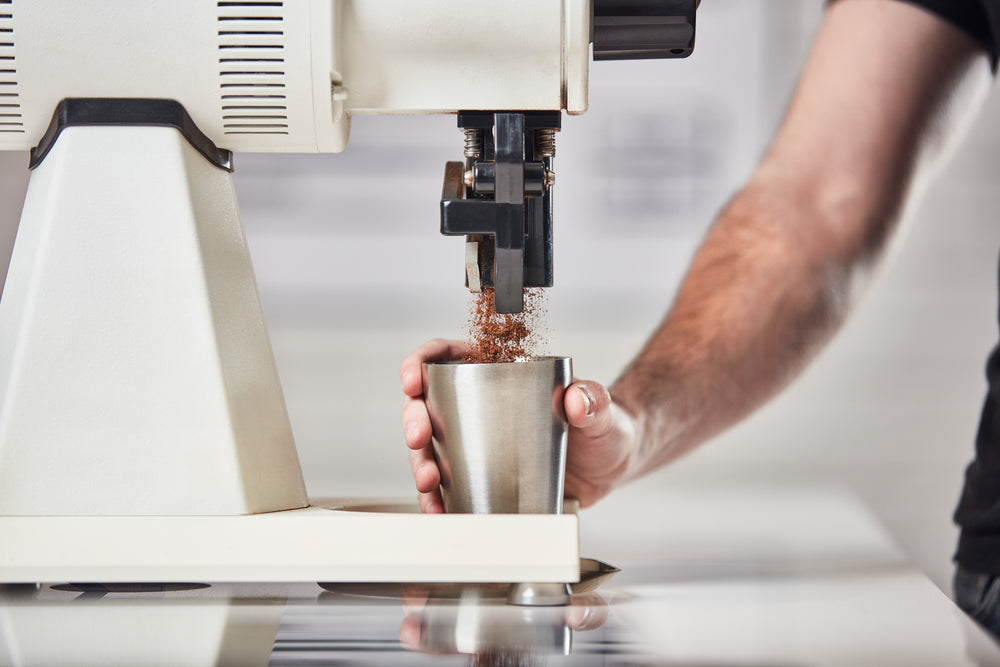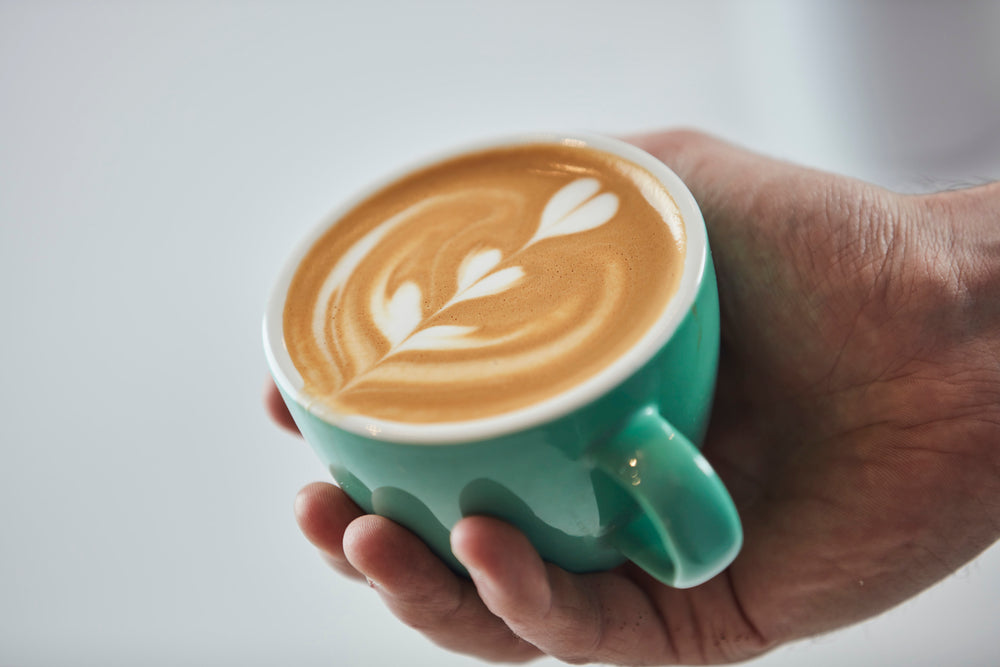The moka pot, the stovetop brewer, the Bialetti Moka Express — by whatever name, its basic function is to use heat applied to a base part-filled with water so that the produced steam creates pressure, which then forces the rest of the water up the funnel and through the bed of coffee.
You may have seen that some people, including the baristas at our Brew Bar, prefer to start with hot water in the base, as they say it produces better tasting coffee. But are they right, and what effect does using cold vs hot water have on a stovetop brew?
If cold water is used from the start, steam will occur and pressure will build before the water is properly heated, meaning the water that reaches the coffee bed will be at a sub-optimal temperature for brewing. In Warren D. King’s paper The Physics of a Stovetop Espresso Machine, King’s experimental conditions reveal that room temperature water in the sealed base results in water passing through the coffee bed at around 70°C — far below the ideal 93–98°C range, especially for lighter roasts.
Cooler brewing water can lead to an under-extracted brew with a hollow or sour flavour. In King’s tests, the maximum starting temperature he used was 75°C, which produced an optimal 96°C through the coffee bed. Conveniently, boiling water poured into a room temperature moka pot base will equilibrate to around that 70°C sweet spot.
So when might it not be necessary to start with hot water? If a coffee is highly soluble — like a darker roast — hotter brew water may actually overdo it, bringing out overly bitter, harsh flavours. In those cases, using water that hasn’t fully boiled could better suit the coffee’s profile.
Blog written by Jonas from the Wogan Brew Bar.
